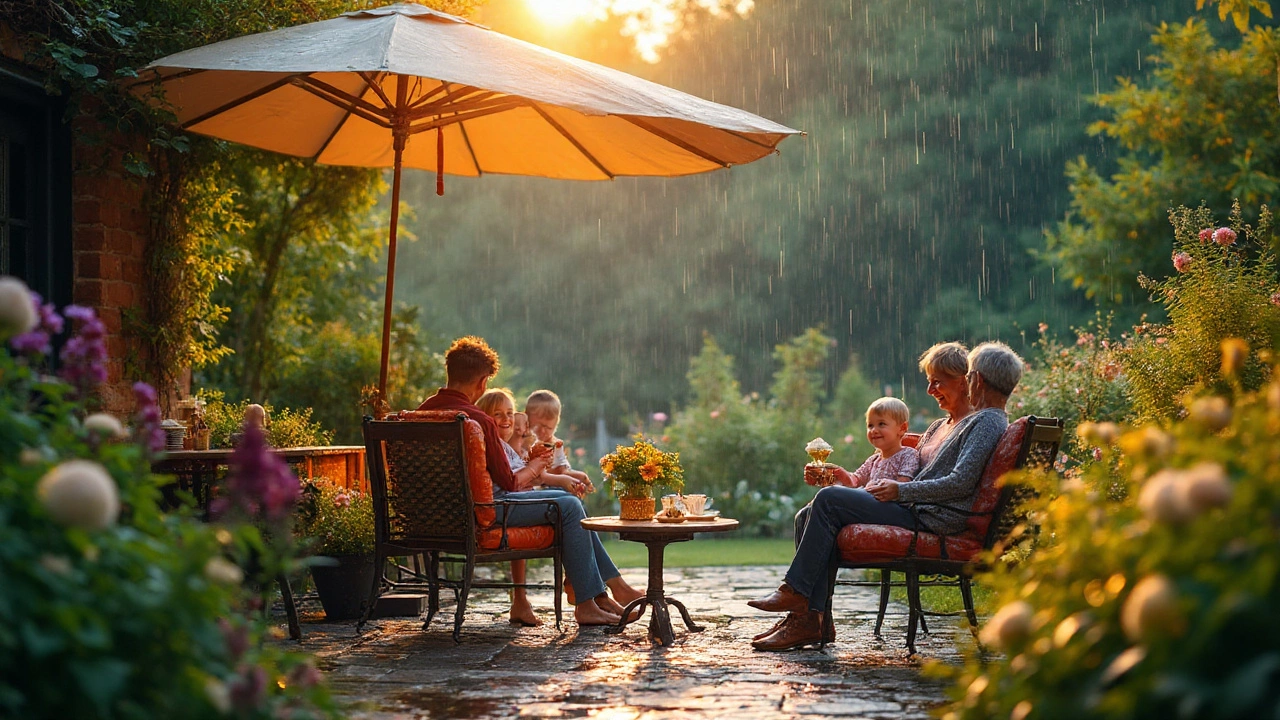Outdoor Furniture Durability: Choose Smart, Keep Strong
Ever bought a patio set that looked great at the showroom, only to see it fade, rust, or warp after a few months? You’re not alone. The secret to lasting outdoor furniture is knowing what materials survive the elements and how to treat them. Below you’ll find the basics and easy steps to keep your pieces looking fresh year after year.
What Makes Outdoor Furniture Last?
Durability starts with the raw material. Hardwood like teak and cedar naturally resists rot, while aluminum and powder‑coated steel dodge rust. Synthetic rattan, high‑density polyethylene (HDPE), and resin weave offer the look of wicker without the moisture problems. Fabrics matter, too—look for water‑repellent weaves and UV‑protected threads to stop color fading.
Each material has its sweet spot. Teak, for example, contains natural oils that repel water, but it still needs occasional oiling if you leave it exposed. Aluminum stays light and rust‑free, yet extreme heat can cause thermal expansion, so choose a design with sturdy joints. Synthetic rattan won’t splinter, but cheap versions may crack when they get too cold.
Tips to Keep Your Outdoor Pieces Strong
1. Clean regularly. A quick rinse with a garden hose removes pollen and salt that can degrade finishes. For tougher grime, mix mild soap with water and wipe with a soft brush.
2. Cover when not in use. Breathable furniture covers protect against rain, UV rays, and dust without trapping moisture. A cover is especially useful during winter or storm season.
3. Apply sealants or oil. Wooden frames benefit from a yearly coat of teak oil, teak sealer, or a penetrating wood preservative. Metal frames get a fresh layer of powder coating or rust‑inhibiting spray every few years.
4. Mind placement. Keep furniture out of direct splash zones and under constant sun if possible. A shaded patio or pergola can extend the life of cushions and finishes dramatically.
5. Store cushions properly. Use quick‑dry foam and sun‑proof fabric. When the weather turns wet, pull cushions inside or tuck them under a waterproof cover.
6. Check hardware. Screws, bolts, and brackets loosen over time. Tighten them regularly and replace rusted parts before they cause bigger damage.
By following these simple habits, you’ll avoid the common pitfalls that turn a beautiful set into a sad, sagging mess. Remember, durability isn’t about buying the most expensive piece; it’s about matching the right material to your climate and giving it the care it needs.
Ready to upgrade? Start with a quick checklist: choose hardwood or powder‑coated metal, pick water‑repellent fabric, buy a breathable cover, and set a reminder for seasonal cleaning. With a bit of effort, your outdoor furniture will stay inviting and sturdy for many seasons to come.
Most Weather-Resistant Patio Furniture: The Toughest Outdoor Picks for Longevity
Discover which patio furniture stands up best to sun, rain, snow, and wind. Get practical advice and facts for lasting outdoor style and comfort.
More
